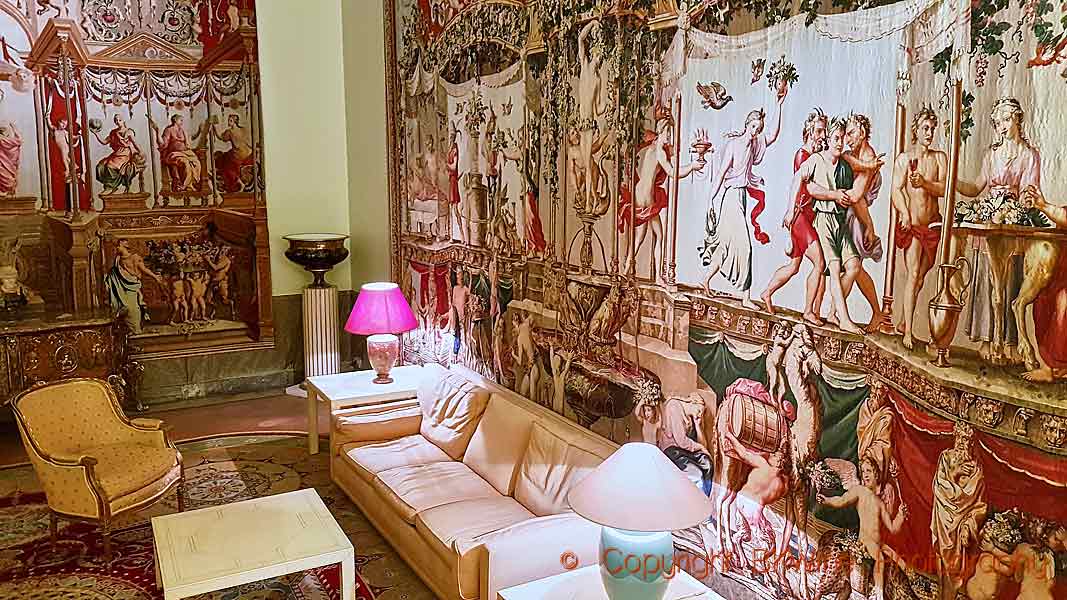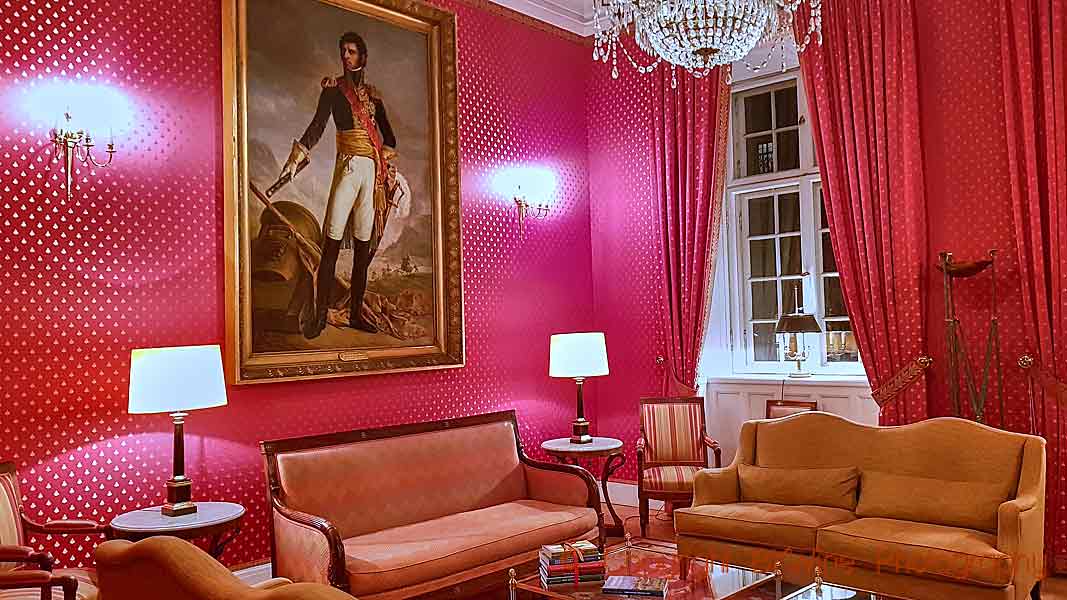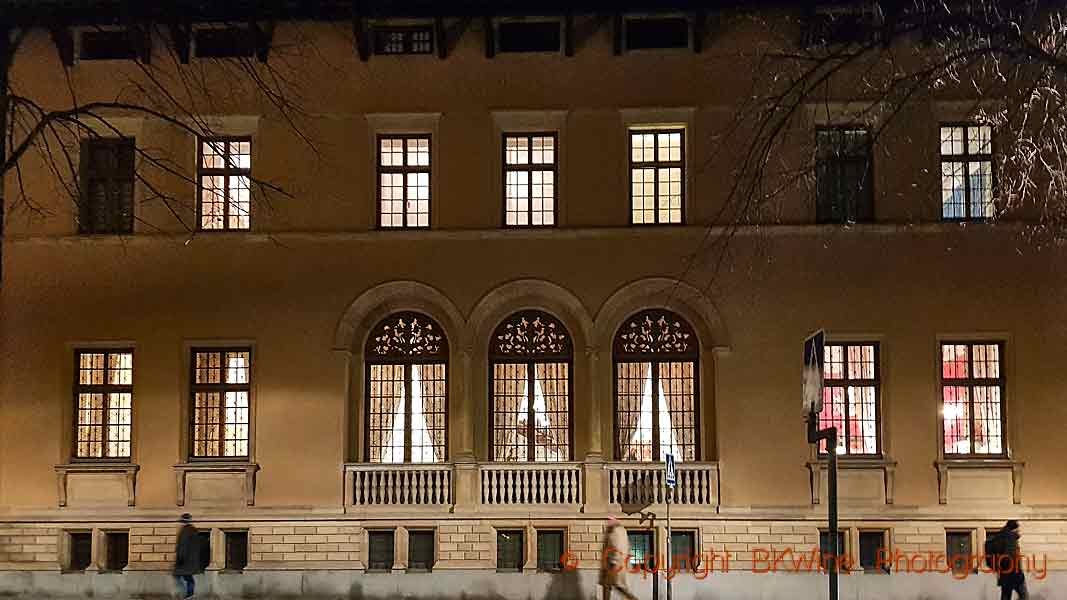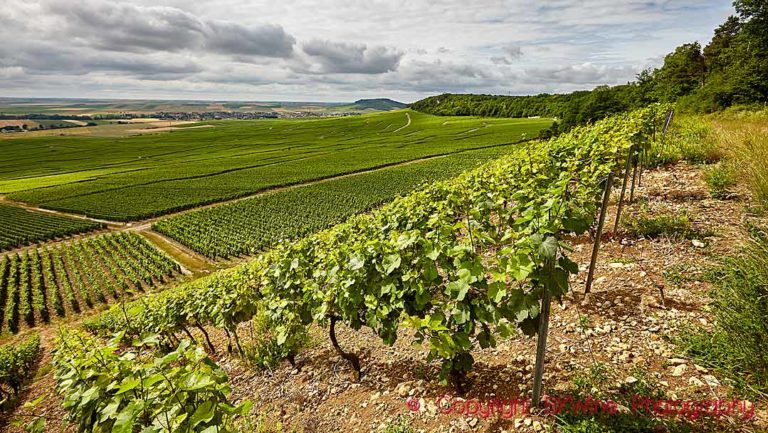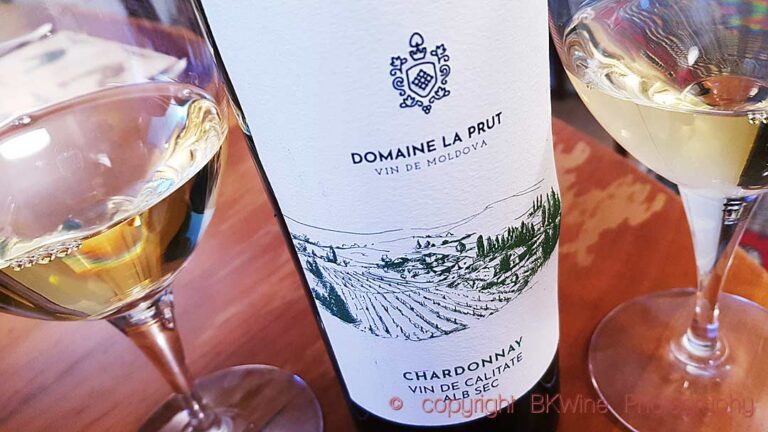Champagne growers on a visit to Stockholm with the Franska Vinlistan serve Nobel Prize wine
It has almost become a tradition. At the end of the autumn, a small gathering of wine producers from Champagne will come up to Stockholm. The French ambassador opens the doors to his home, the French residence. There, in a very special setting on Narvavägen, these champagne growers offer Swedish wine enthusiasts an abundance of goodies from Champagne. It’s a demonstration that it can be more exciting to drink champagne from a grower who makes a few thousand rare bottles, and who is a real person you can talk to, than from one of the big houses that make millions of bottles that you find at every single airport around the world. Everything orchestrated by Jan Netterberg of the wine e-shop Franska Vinlistan. BKWine Magazine’s Sven-Olof Johansson was there and has selected some favourites among these luxurious wines.
For the sixth time, the doors to the French residence on Narvavägen in Stockholm were opened. Jan Netterberg at Franska Vinlistan (“the French Wine List”) has succeeded in creating a well-attended event during both the trade days and during the consumer tasting. 14 producers were represented and the real clincher is that it is the producers themselves who both fills your glass and who happily answers your questions. A young and extremely elegant woman with beautifully painted nails behind the counter received a somewhat snarky question from a not-so-elegant gentleman. How could she be sure that the grapes came from a particular parcel? –Because I’m the one who picks them every year, answered the woman and smiled broadly.
During a tasting a few years ago with still wines from Palmer, i.e. wines before the second fermentation (so-called vins clairs), the realization came of how incredibly difficult it must be to determine quality and to blend the final cuvée. A similar degree of difficulty is also found here, where virtually all bottles have been disgorged during the year. One as recently as three months ago. Several wines showed a forced mousse and the bite of the acid quite intense in some of the wines. A level playing field for everyone one might think, but it would certainly be interesting to carry out the same tasting where all bottles have been allowed to rest for a couple of years after they have received their dosage (or not) and cork in place. Said desire for the wine to be left for a couple of years after disgorging is obviously a matter of taste, as some hardly reflect on the date that is sometimes indicated on informative labels.
Presumably, it was the wines from Wilmart & Co with their dosage of 8 grams that were hit hardest by this fact. The entry wine gave a light, but nevertheless, delicately refreshing candy whiff as the nose approached the glass. Unfair to a wine that we know usually delivers significantly better than that. The playful notes don’t really belong in a champagne glass, but will surely wash away within a year or two.
When we bring up the subject at Paul Bara’s table, the reasoning is waved away as a matter of course. –This one should be at its best in five to ten years, said Stéphanie Ducloux from Paul Bara, lightly patting a bottle of 2016 Brut Millésime Grand Cru.
It is crowded with wine journalists and renowned sommeliers from the more well-visited wine bars. At Marguet’s table, a discussion was heard about the value of cultivating the soil according to biodynamic principles, and where Benoit Marguet clearly voiced “when I plough with a horse”. We did not reflect too much on the biodynamic argumentation, but more on that it is the same guy who harnesses his horses who stands here in front of us and pours.
There is a certain charm in the commitment all the way from farm to table. A couple of years ago, Anselme Selosse was at one of the tables and David Léclapart at another. We caught Jan Netterberg on the move and ask the question of how he goes about attracting the personalities here on a cool day in November. –It’s quite simple, they really like being here. The trick is just to find a day that suits everyone, says Jan, adding that David Léclapart was the only one who missed out because of a trip to Japan.
Anyone who has a reasonably developed love for Champagne should definitely visit the tasting. The invitation is sent to the customers of the French Wine List. We have already mentioned the genuineness of the producer being present, but it may also be worth striking a blow for the smallness. There aren’t more producers present than you have time to try all of them in an ambitious attempt, and considering the low cost, I have a hard time imagining a more affordable event.
To the extent that anyone is interested in personal reflections, I can mention a brand new acquaintance for me, Champagne Lacourte Godbillon, where their Lacourte Godbillon Mi-pentes Blanc de Noirs 1er Cru, based on 2017, gave a lovely seafood craving with its sharpness, freshness and aroma of sea, around 50 euro.
Benoit Marguet served a well-polished and elegant Marguet 2018 Les Beurys Grand Cru with today’s most appetizing mousse, ~75 euro. Cléia Seyler from Champagne Chartogne-Taillet served the most uncompromising oak-aged wine, Chartogne-Taillet 2018 Les Couarres, ~55 euro. At Jacquesson’s table, the 2013 Jacquesson Avize Champ Caïn gave an absolutely insane craving for food, preferably in the form of a creamy lobster soup. Dense, rich, developed, robust acidity and with an incomparable length. But perhaps you have the right to expect that for ~180 euro. (Ed.: Champagne Jacquesson is now owned by Artémis, the French industrialist François Pinault’s company to invest in wine producers.)
To finish, an entertaining thing with 15 producers who joined together and produced 1600 magnum bottles with grapes from all 17 grand cru villages. Champagne C17 Grand Crus d´Exception 2017 magnum, ~260 euro. A must for those who neither want nor dare to step outside the field labels labelled grand cru.
Producers present: Paul Bara, Chartogne-Taillet, RH Coutier, Paul Dethune, Jacquesson, Lacourte Godbillon, Legras & Haas, Maillart, Mailly, Marguet, R Pouillon, Jacques Selosse, Wilmart and finally Champagne Grand Crus d´Exeption — the 15 winemakers represented by the French Wine List (Franska Vinlistan). (Editor’s note: Franska Vinlistan is the everyday name for the “distance retailer” – Swedish terminology for an online wine shop – which now seems to have expanded to “Wines We Want SARL” with the tag-on name Franska Vinlistan.)
Nobel Prize champagne
And finally, we can reasonably assume that the prolific biodynamicist Benoit Marguet has forever taken his place in the spotlight after his wine was served at this year’s Nobel Prize dinner in City Hall (Stadshuset). The King, his dear wife and everyone else celebrated the evening’s first toast with Marguet’s Shaman Rosé Grand Cru Extra Brut.


